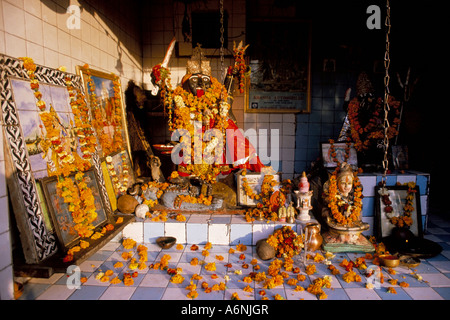

Lord Brahmā Śāstā with Valli to His right and penitent Brahmā to His left Were the Aryans wholly successful in the acculturation of Murugan? The tussle started in the early centuries of the Common Era and continues to this day. By studying the iconographic and mythological motifs, this paper hopes to understand the religious and political motivations behind this appropriation. Who was Skanda? Where did he come from and why? How similar or dissimilar are Murugan of the South and Skanda-Kartikeya of the North? This paper traces the origin and development of this god in Aryan India, whilst comparing him with its southern counterpart. The popular warrior god, who had little mention in the Vedas, suddenly makes a glorious appearance in the post-Vedic period. More mainstream sanction was begotten with Adi Shankara's Smarta tradition. The ancient god of the hills, who had an independent cult, was slowly inducted into the Shaiva fold through various Puranas. Several modern scholars have studied the Puranas as a tool for acculturation and rightly so. The Vindhyas have kept a resolute distance between the northern and southern cultures, despite centuries of attempted Aryanisation.Īmong the many cultural symbols appropriated by Indo-Aryans, the folk god Murugan is a fine example. The Dravida people claim primacy on indigenous grounds, while the Aryans wield their Brahmanical supremacy. The age-old Aryan-Dravidian debate shows up repeatedly in the Indian cultural landscape. Murugan versus Skanda The Aryan appropriation of a tribal Dravidian god Urmi Chanda-Vazĭepartment of Sanskrit, University of Mumbai Abstract


 0 kommentar(er)
0 kommentar(er)
